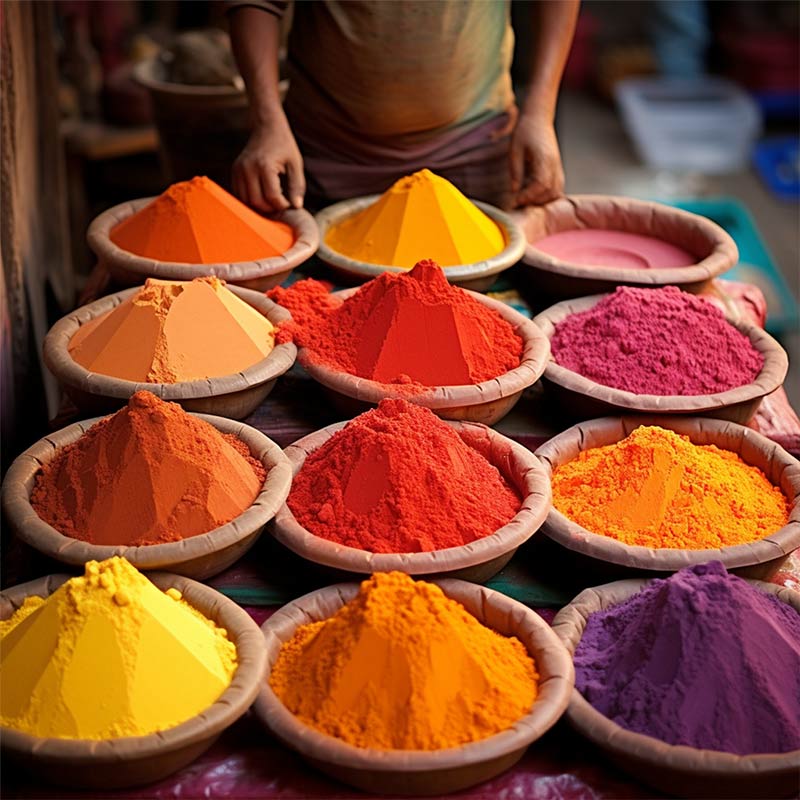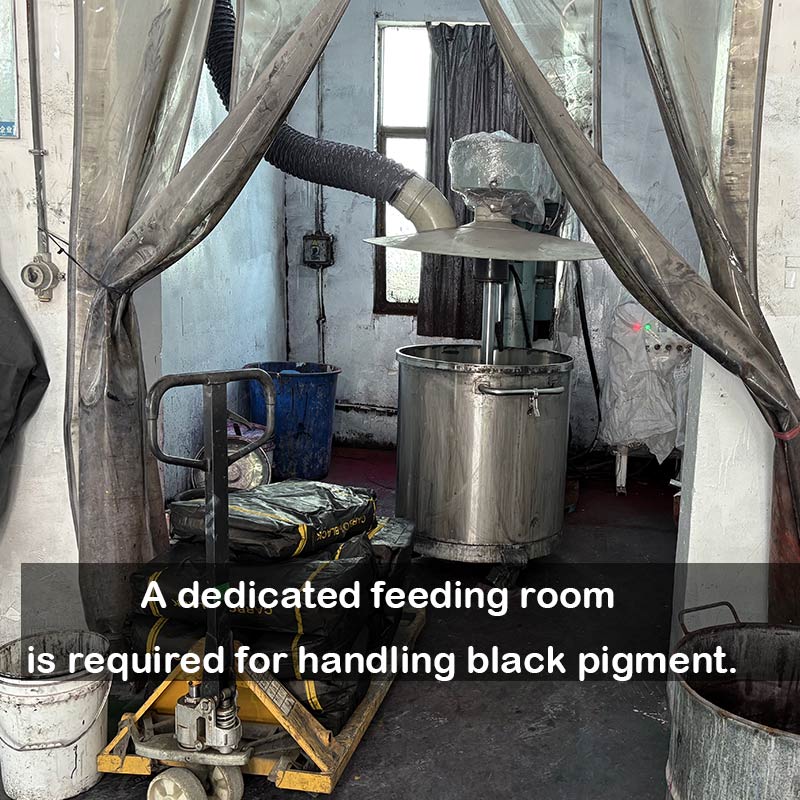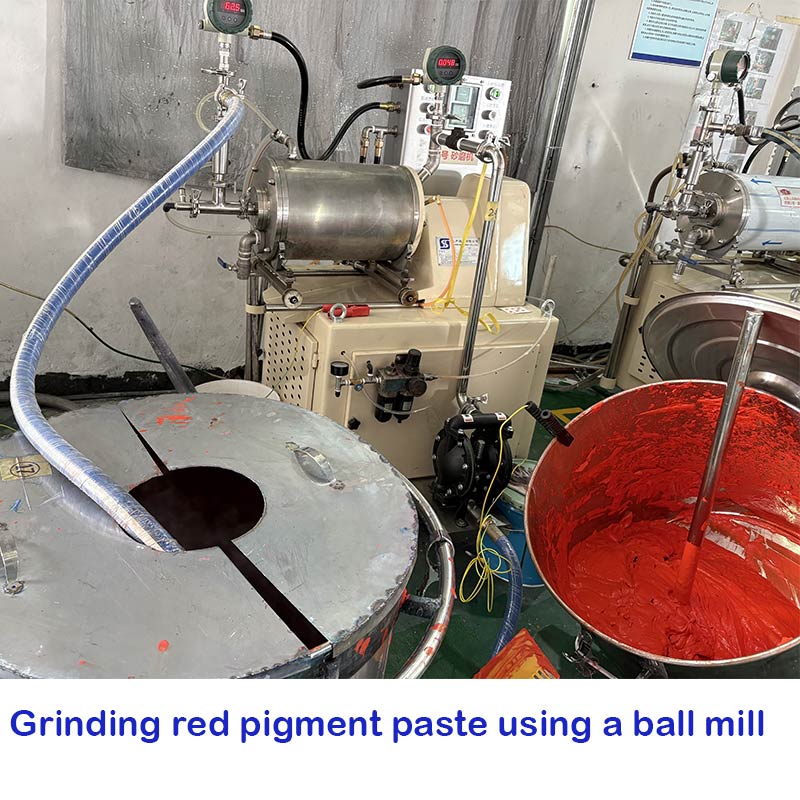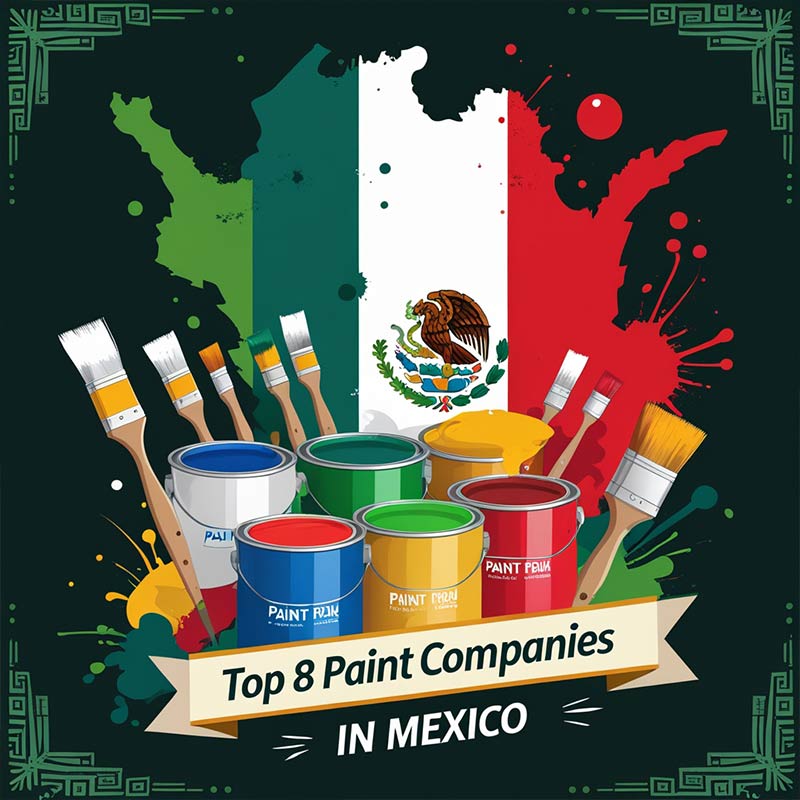When formulating paints or coatings, understanding the difference between pigments and color pastes is critical for achieving optimal results. This blog breaks down their definitions, roles, and practical applications to help you make informed decisions.

2. To turn pigment into color paste, what do you need?

Feeding Black Pigment

High speed stiring for white pigment

Dust and gas purification

Additionally, developing and optimizing the ideal formulation requires comprehensive technical knowledge and practical experience. Different pigments and resin systems often demand distinct dispersion formulations. It’s crucial to carefully consider factors such as the system’s viscosity and pigment stability.
Experimenting with various dispersants and rigorously testing each formulation will help identify the most cost-effective solution, balancing performance with economic viability. By systematically evaluating these variables, you can ensure consistent product quality and optimal efficiency over time.
3. When to Use Pigments vs. Color Pastes
Choose Pigments If:
Choose Color Pastes If
The choice between pigments and color pastes hinges on your production scale, technical capabilities, and quality requirements. Large manufacturers with dedicated dispersion systems may favor pigments for cost savings, while smaller operations or those prioritizing efficiency often lean toward pastes. By weighing factors like cost, flexibility, and environmental impact, you can select the option that best aligns with your goals.










